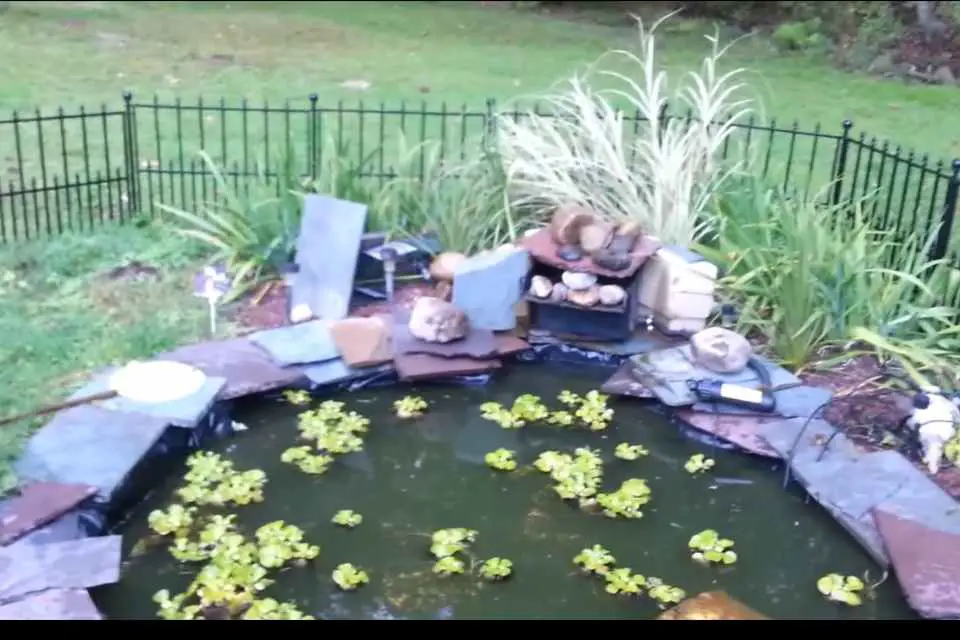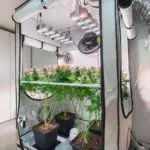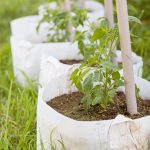How to Turn a Pond Into a Garden?

Having a backyard pond is lovely, isn’t it? What if the beautiful pond turns into a useless wastage of land only?
If your pond doesn’t represent your desire, what should you do? One of the common answers is converting the pond into a garden full of beautiful plants. Yes, that’s awesome!
Turning an old pond into a garden isn’t an easy task; it requires enormous time and stress as well as financial support. Before starting this tremendous task, we need to be clear about some factors. Let’s learn those!
Where to Start?
First, we need to deal with the bottom of the pond. It will be the base for our new garden. Leaving the basement unnoticed for too long might cause different fungal and algal species to overtake the place in time. Letting them won’t be a good idea to start a garden.
In the case of the bottom, we need to be sure of the components and total depth measurement of the old pond that’s going to be turned into a garden soon. If our desired location has a depth in between 2-3 meters, it can be filled quickly with less amount of soil or other filler material.
What if the pond depth is more than 2-3 meters? In this situation, the hole needed to be filled with different pebbles till 2-3meters of depth.
Now we are going to discuss transforming the pond into a garden:
There are various types of gardens-
- Regular Garden
- Container Garden
- Raised bed Garden
- Bog Garden, and many more.
Choosing Garden Type
Let’s decide on which type of gardens suites better!
1. Regular Garden
In this type of garden, there will be a mix of various kinds of plants. As long as your pond has enough space, you can plant many types of flowers, or different ground covers, or any climbers, including different tasty fruits, even decorative plants, and so on.
However, while planning for it, these plantation ideas might help you to make it look excellent and healthy-
- Putting taller plants and then the shorter ones.
- Planting the trees in groups instead of planting here and there.
- Keeping the same kind of plants in the same group or same row or column.
2. Container Garden
Container gardens are one of the best options to set on ponds that are too wet for regular gardening.
For example, if the garden space is turned from a 5-6 feet deep pond, there is a good chance that it’ll never be too dry.
Additionally, it’ll also take less compost and soil compared to all of the other types of gardening ideas available.
3. Raised bed Garden
A raised bed is like a large container with soil where you can put and grow your lovely plants. They are easy to build, maintain. Harvesting raised bed gardens on a pond could be a much more natural choice.
To build a raised bed garden on the pond, you should fill up the pond only with soil. There is no need for compost or manure in such a garden. But once the pond is leveled up to the ground, you must take necessary steps, such as- laying a cover sheet on the surface to prevent weed growth. You can take the help of different garden ground covers.
4. Bog Graden
The most suitable garden choice in the case of a converted garden from a pond is bog gardening. It always requires wet soil with one or two months of clogging each year. On top of that, if your living place has a coastal climate zone, it’s a privilege to turn a pond into a bog garden.
However, bog gardens require a proper drainage system. If you’ve got the pond lined with a pond liner sheet, it is recommended to turn the pond into a garden, especially a bog garden.
Components of the Garden
Regular soil won’t be a perfect choice for gardening at the very beginning. So, we must prepare a mix of these things as a common filler material for our pond that is going to be turned into a garden soon –
- Soil is about one-third portion of the area.
- Natural manure is about one-third of the area.
- Sand is about one-third of the area; this can be avoided if the gardener wants.
- Mulch of a thick layer on the surface.
The mentioned ratio is not just appropriate, it’s completely perfect, and over mixing might result negatively.
Water drainage system
How Should I Drain the Water Out?
A drainage system is one of the topmost priorities for a pond that is turned into a garden. We must emphasize how excess water should get out of the garden in settlement of the garden from the beginning; exceptional case- potted garden.
There is a rule; it’s a rule of thumb. According to the rule, we can create holes of about half an inch diameter. They are supposed to be all around the pond surface. There must be an average distance from one hole to another; the measurement is six inches.
How to Turn A Pond into A Garden: Let’s do it
Turning an old pond into a garden isn’t an easy task. We can complete this task in many ways. Let’s do it in possible simple ways.
Step 1: Clearing off the pond
Step 2: Pulling the water out
The following tutorial might help-
Step 3: Check for wildlife
Step 4: Pond bottom preparation
Step 5: Sidewall building
Step 6: Filling the pond
Step 7: Plant in the garden
Step 8: Adding a layer of mulch
Pro Tips
There are a few additional tips:
Let’s put the focus on some crucial tips-
- Keeping holes in the bottom will kill the plants, as rocks will hold too much water.
- The root length of the plants shouldn’t exceed the depth of the previous pond.
- Compressed soil helps in holding water for long that helps plants in the long run. The soil of the new garden should be compressed.
- Taking care of a sound irrigation system is vital for the plants’ good health.
Bottom Line
We already have learned many facts on turning an old pond into a garden, how to do it, and some pro tips.
In the beginning, it might seem an enormous task, but with the help of proper planning and execution, soon, our unused pond will return to its beauty in the shape of a lovely garden.
Turning into the garden- isn’t everything. We need to take care of the plants, maintain a good environment, and eradicate other troubles from time to time.
By following the basic rules of gardening, we will be able to do that.
Related Reading:








